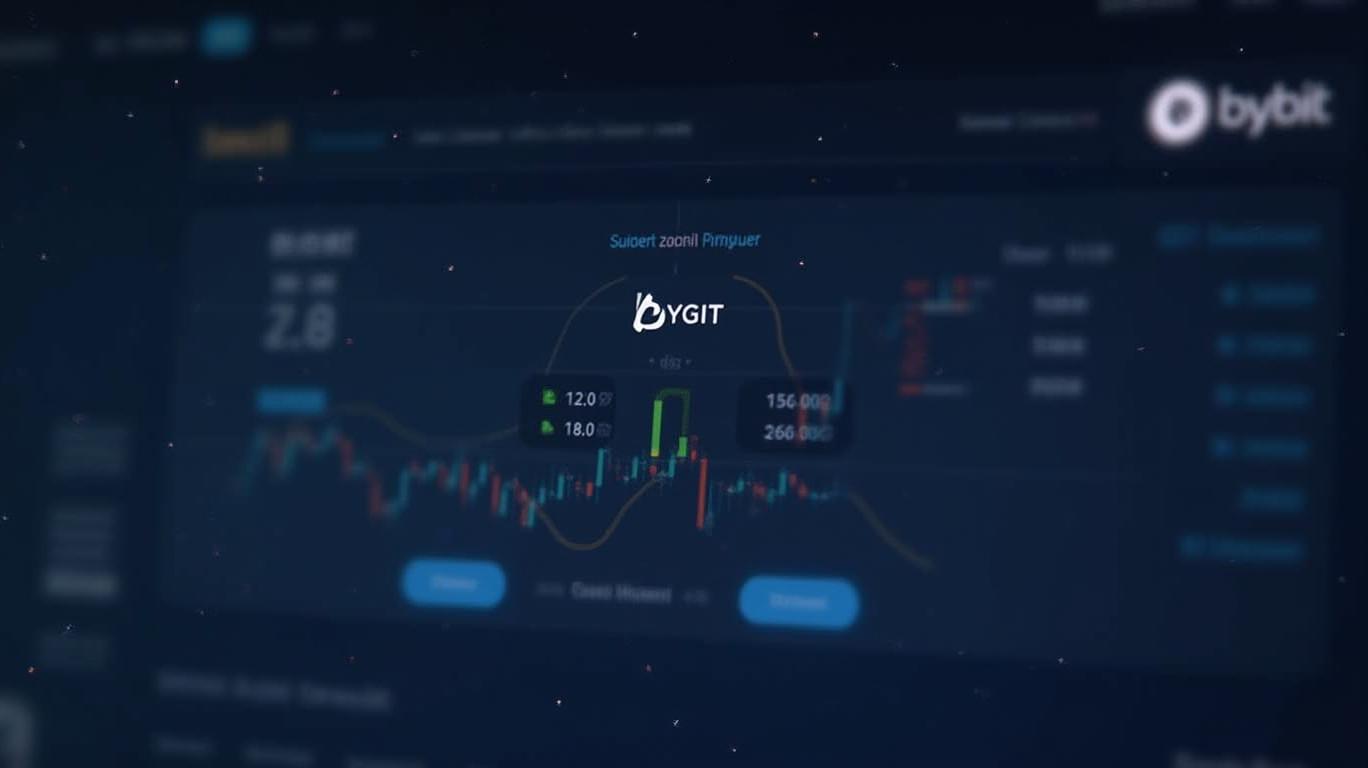Slow Market Tightening Apparent in Spot-to-Contract Spread
Saturday, Feb 1, 2025 9:19 pm ET
The balance between spot and contract rates in the truckload market has been a crucial indicator of market dynamics and capacity availability. Recent trends suggest a slow tightening of the market, as evidenced by the narrowing and widening of the spot-to-contract rate spread. This article explores the factors contributing to these changes and their implications for shippers and carriers.

The spot-to-contract rate spread, which is the difference between spot and contract rates, has been narrowing and widening in response to market conditions and demand-supply dynamics. When demand for truckload capacity is high, spot rates tend to increase, leading to a wider spread between spot and contract rates. Conversely, when demand is low, spot rates may decrease, narrowing the spread. For example, during the COVID-19 pandemic and the Russia-Ukraine conflict, high demand for certain commodities and disruptions in supply chains led to significant volatility in international commodity prices, contributing to a wider spot-to-contract rate spread (Mlachila and Ouedraogo, 2020).
Fuel prices play a significant role in determining truckload rates, both spot and contract. When diesel prices rise, spot rates tend to increase more rapidly than contract rates, as carriers pass on the higher fuel costs to shippers. This can lead to a wider spot-to-contract rate spread. Conversely, when diesel prices fall, the spread may narrow. For instance, in late Q3 of 2022, the failure of attempts to manipulate oil prices by OPEC+ allowed the fundamentals of supply and demand to guide the market, leading to an upward shift in oil prices and, consequently, distillate fuel prices like diesel (Spot Rates Find Stability).
Contract rates, which are reported on a two-week delay, can also influence the spot-to-contract rate spread. When contract rates rise, it can lead to a narrowing of the spread, as carriers may be more willing to accept lower spot rates to secure long-term business. Conversely, when contract rates fall, the spread may widen. In mid-April and mid-May of 2022, contract rates experienced setbacks, but recent data indicates a positive trend, which can be seen as beneficial for carriers (Contract Rates Strive for Stability).
Analyzing the spread between spot rates and contract rates reveals interesting insights into market dynamics. In the ever-changing landscape of the transportation industry, the balance between spot truck rates and contract rates plays a crucial role. The spot-to-contract rate spread can indicate the health of the market and the relationship between short-term and long-term pricing structures. For example, in 2019, contract rates consistently exceeded spot rates, leading to numerous bankruptcies in the industry due to this disparity. Although the spread narrowed in early 2023 by 20 cents per mile, recent trends suggest it is widening again, with spot rates still 80 cents below contract rates (Spot-to-Contract Rate Spread).
The narrowing and widening of the spot-to-contract rate spread are influenced by market conditions, demand-supply dynamics, fuel prices, and contract rate stability. These factors contribute to the overall market dynamics by affecting the balance between spot and contract rates, which in turn impacts the pricing structures and capacity availability in the truckload market.
In conclusion, the slow tightening of the market, as indicated by the narrowing and widening of the spot-to-contract rate spread, is a result of various market trends and factors. Shippers and carriers must remain vigilant and adapt their pricing strategies and capacity allocation accordingly to optimize their operations in response to these market conditions. By understanding and capitalizing on these trends, investors can make informed decisions about when to lock in contract rates or take advantage of spot market fluctuations.


_442a2dcc1749832873286.jpeg)
_e68fac6d1749831664430.jpeg)





